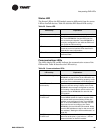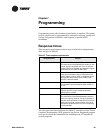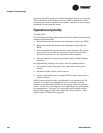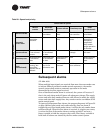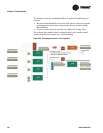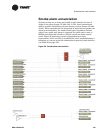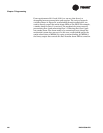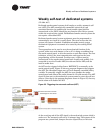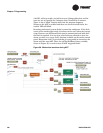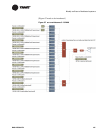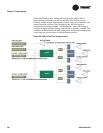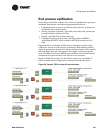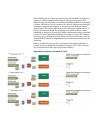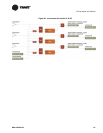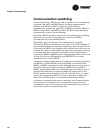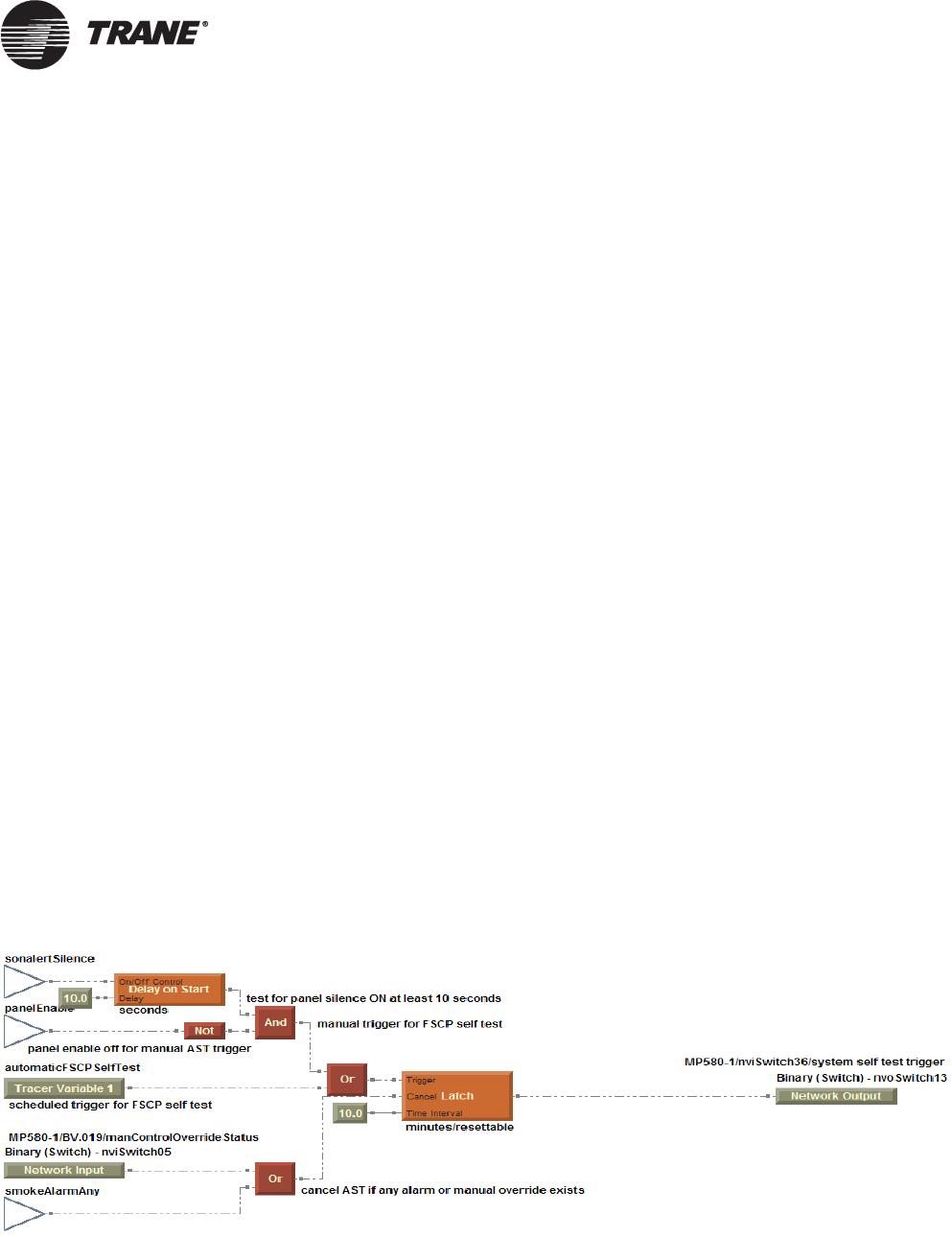
Weekly self-test of dedicated systems
BAS-APG001-EN 105
Weekly self-test of dedicated systems
(UL-864: 49.7)
Dedicated smoke-control systems shall employ a weekly automatic self-
test (AST). The AST automatically commands activation of each
associated function. An audible and visual trouble signal shall be
annunciated at the FSCP, identifying any function that fails to operate
within the required time period. Nondedicated smoke control systems do
not require a scheduled AST.
Dedicated smoke control system equipment must be programmed to
automatically test itself on a weekly basis. The tests ensure that the
system will operate if needed. Nondedicated smoke control system
mechanical equipment is assumed to be tested by the working HVAC
system.
Two approaches can be used to test the mechanical function of the
system: either test each damper or fan as if it is being overridden from
the smoke control panel, or test the reaction to each floor alarm. The first
technique, which is the most comprehensive and requires the least
programming, will be discussed. In either case, a failure must be
annunciated at the smoke control panel both visually and audibly. It is
acceptable to use the Trouble LED, the relevant failure LED, and the
interior audio alert.
An AST can be triggered either from a BMTX BCU or manually at the
smoke control panel.
Figure 55 shows a program fragment that triggers
the AST. The scheduled trigger uses a Tracer Summit controlled binary
variable. To manually trigger the AST, the user disables the smoke
control panel and silences the audio alarms for 15 to 20 seconds. The AST
signal is then sent to the mechanical system control to start the self-test
process. Note that in the program fragment shown in
Figure 55, that any
smoke alarm will disable the AST.
Figure 55. Triggering the automatic self-test (AST)
At the receiving end of the AST signal is the mechanical system which is
under test. The automatic self-test is 10 minutes long. The outputs of the
program are system fault, damper direction (Open/Close) or fan state



